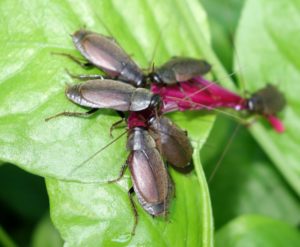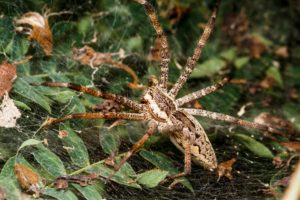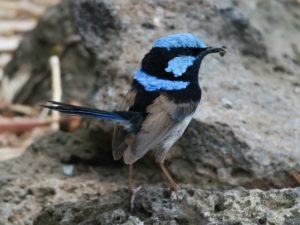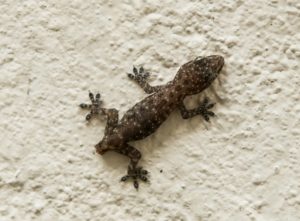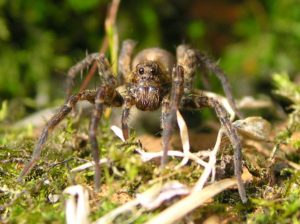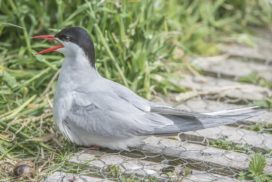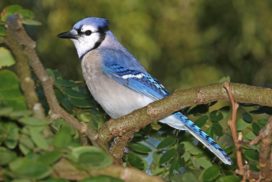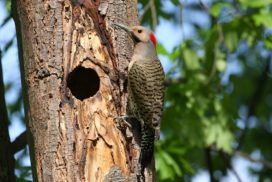WHAT IS BIRD IDENTIFICATION AND HOW IS IT DONE?
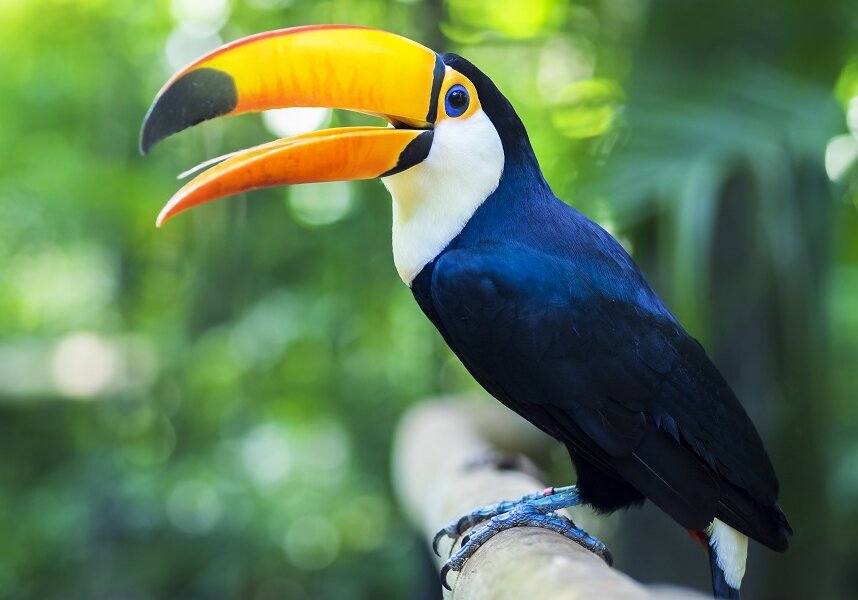
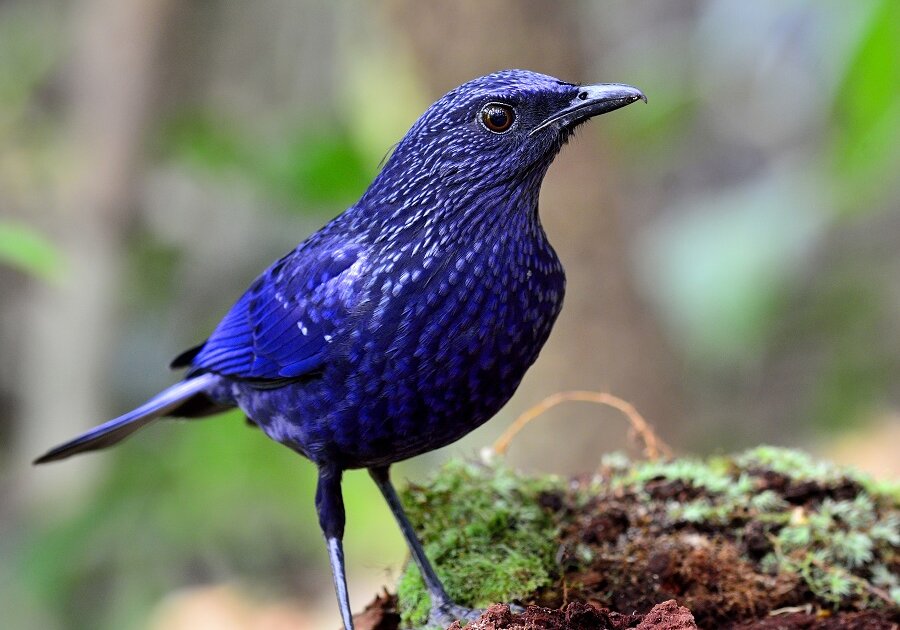
Bird identification is the process of identifying an unfamiliar bird. When you see a bird that is unfamiliar, the last thing you should do is rush into the house for your Bird Field Guide or pull one out of your pocket. Instead, write down as much information as you can about the bird. The best thing is to draw a sketch of the bird and jot down what you see next to the drawing. Many bird guides recommend categorizing your information by answering the following six questions:
Habitat—where is the bird? Is it on a hill, swamp, forest or meadow?
Size—what is its size compared with other birds you know?
Bill—what is the shape of the bill? Is it curved, short and pointed or hooked and long?
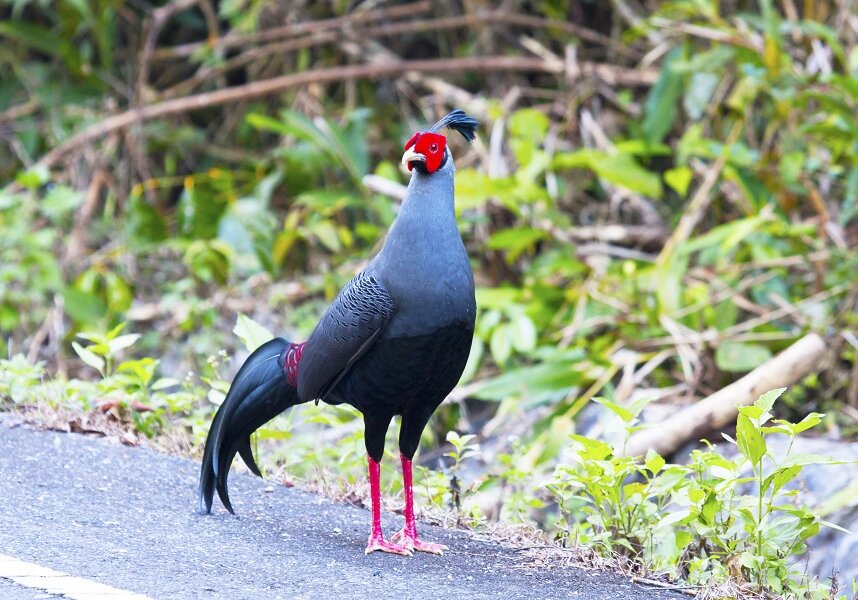
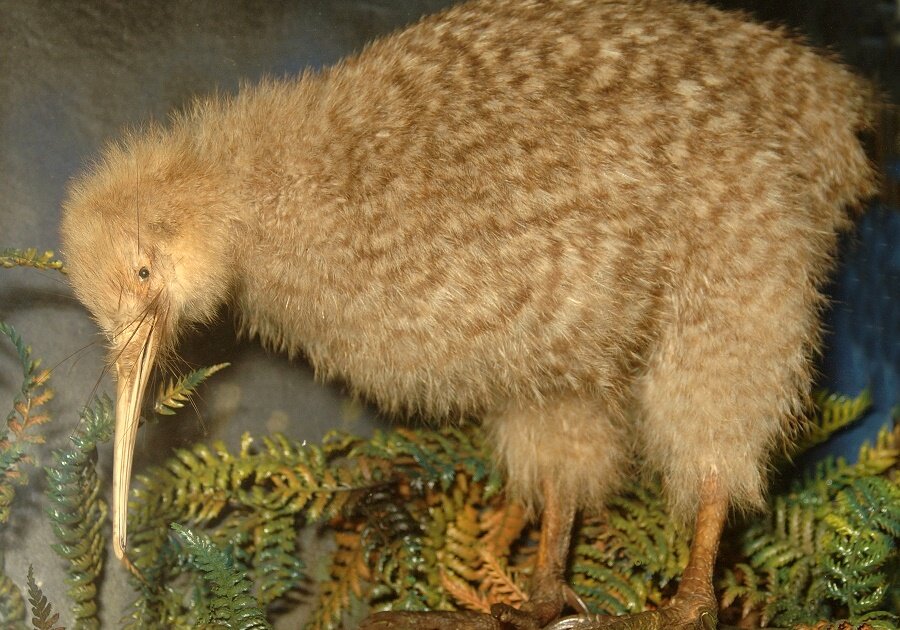
Color—is the coloration spotted, solid, dotted or shaded?
Location—where did you find the bird? Did you see the bird in India, China, United States or Africa? Which particular area?
Behavior—does it fly or walk on the ground? Does it stay in the same place or continuously dart? Does it sing or chirp?
Comparing your notes with a field guide for the area where you saw the bird, makes identifying the bird easy. If you fail, seek help from others. If you are in China, you may want to contact a local Birdingpal for information. Many Birdingpals in China are willing to take you out birding for free.
Recent posts
Join us on social media or subscribe!
Sign up to receive our articles in your inbox!
Enter your name and email address below to subscribe.
